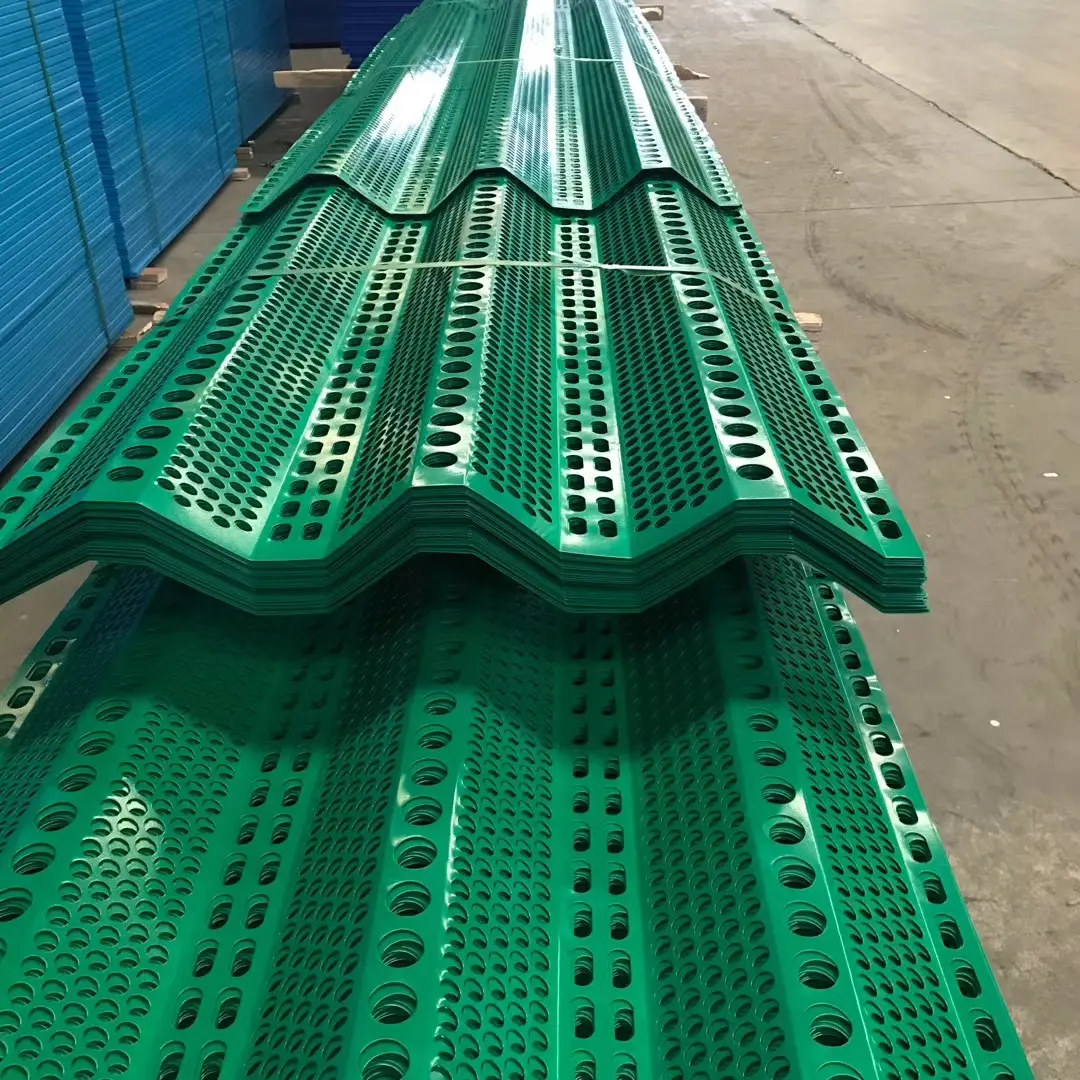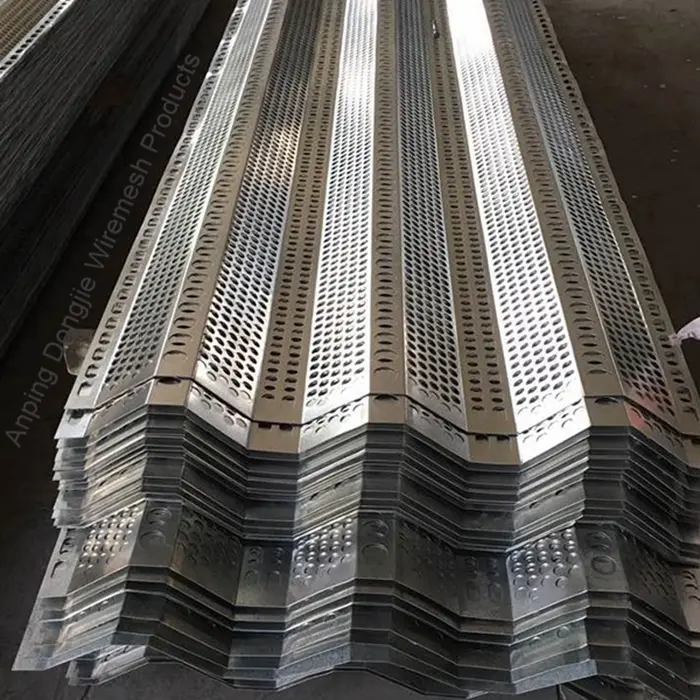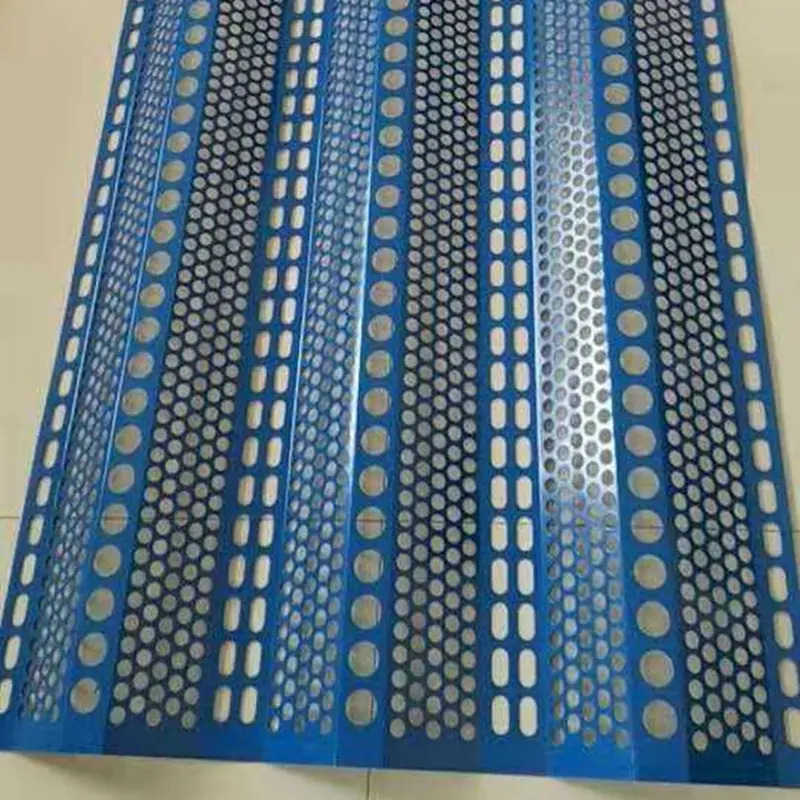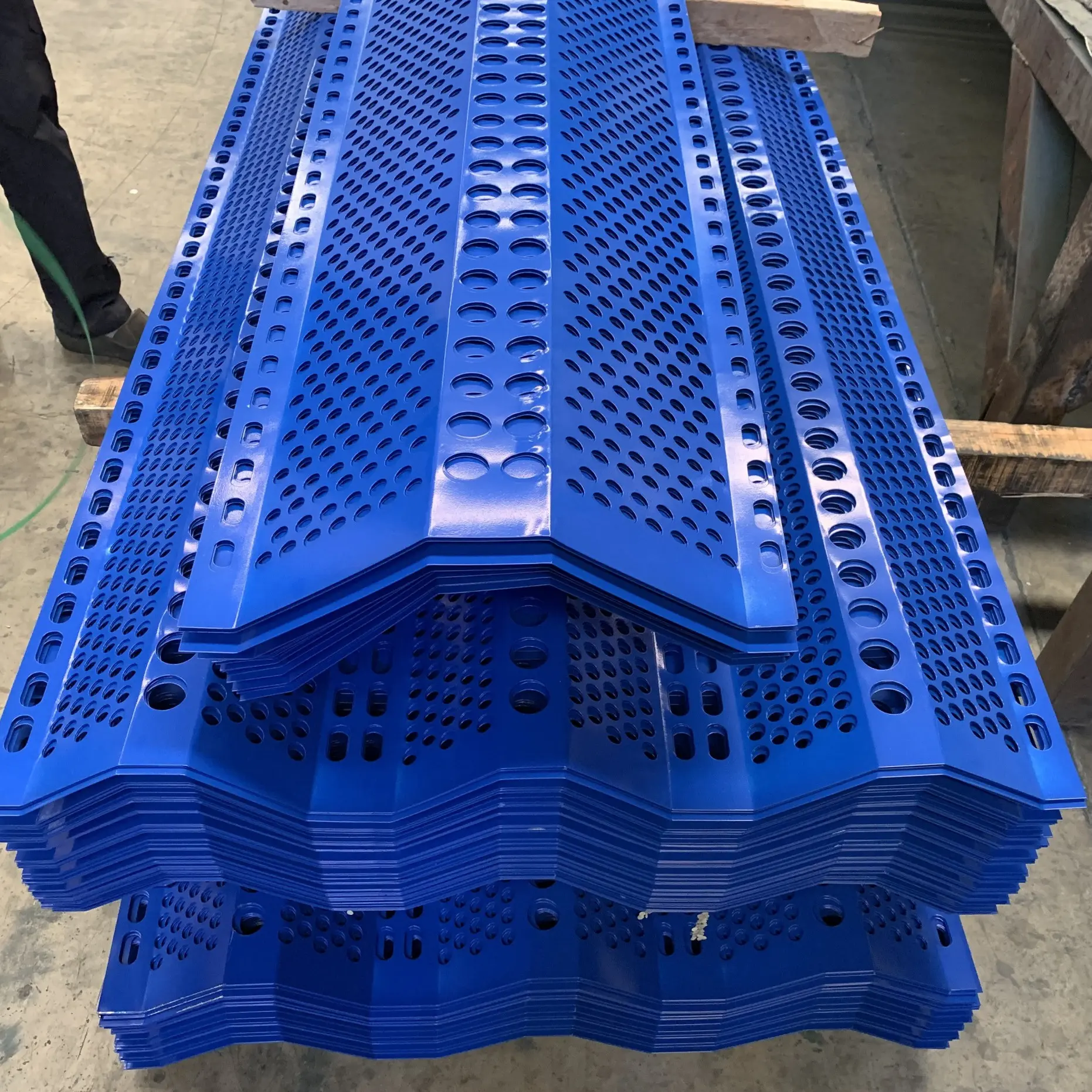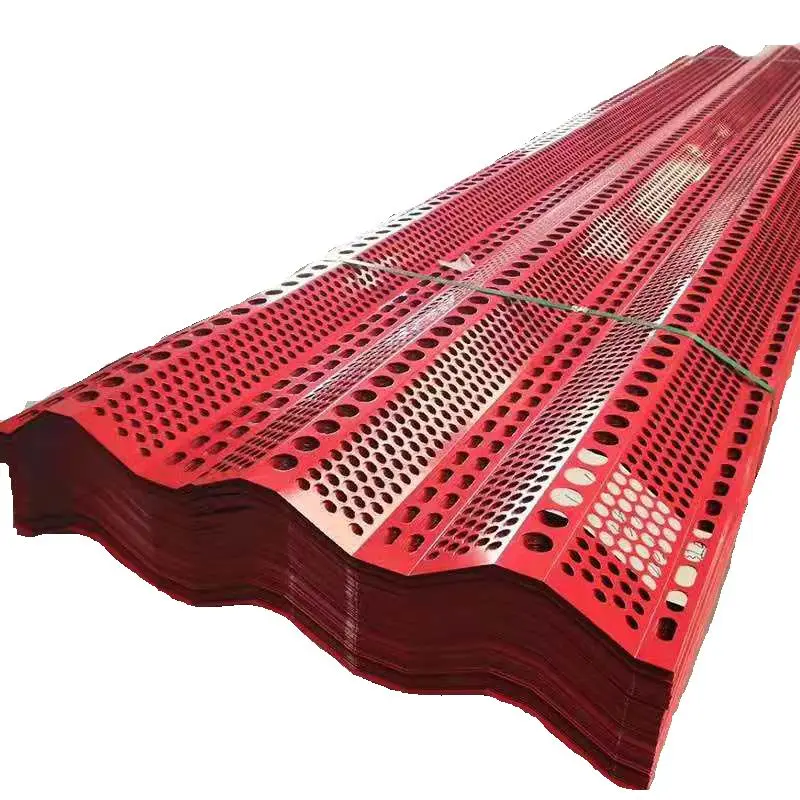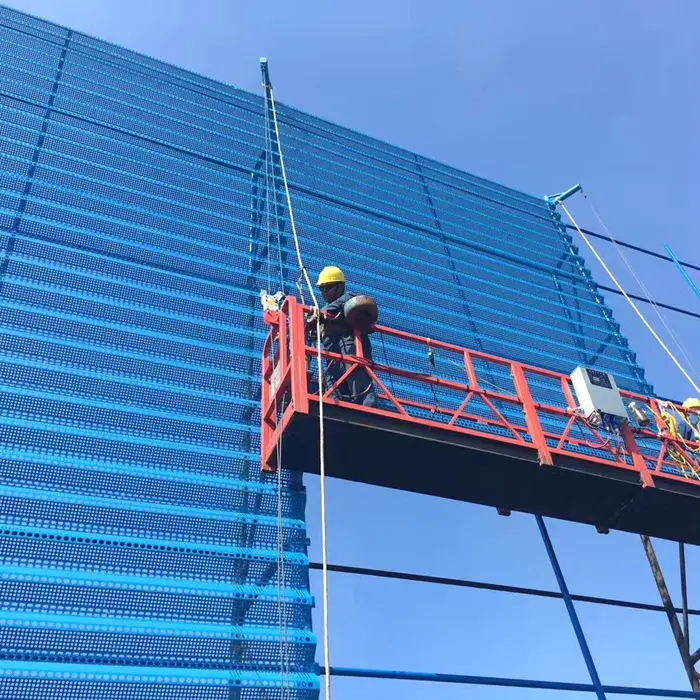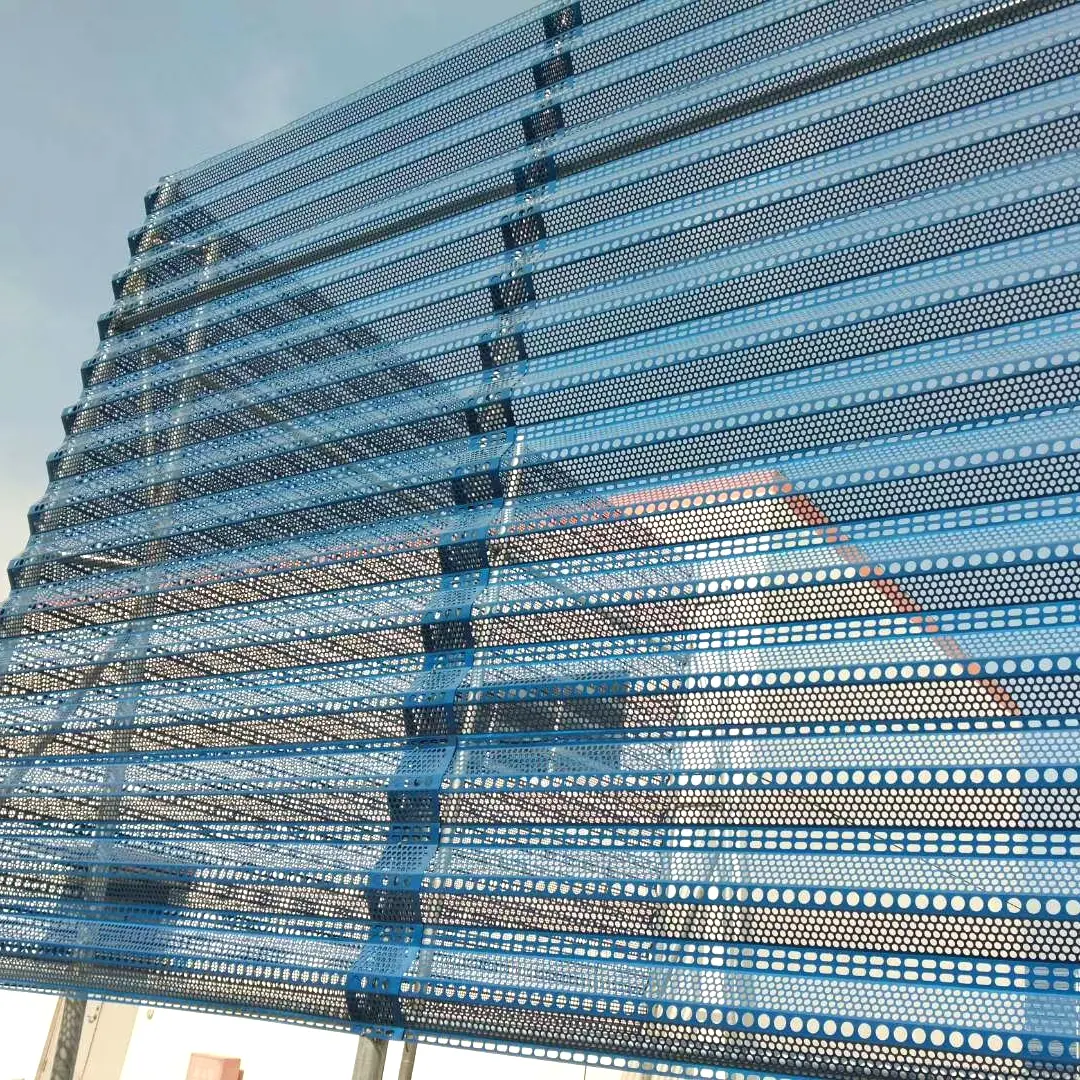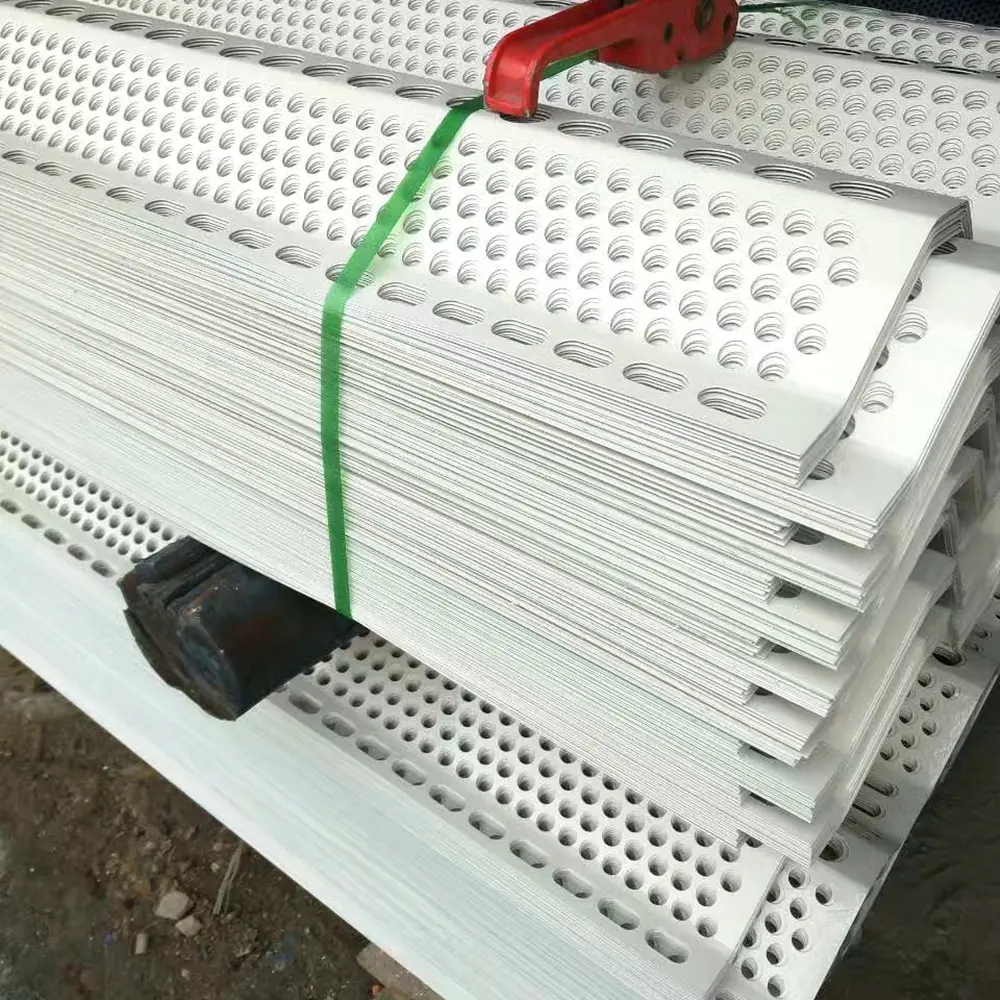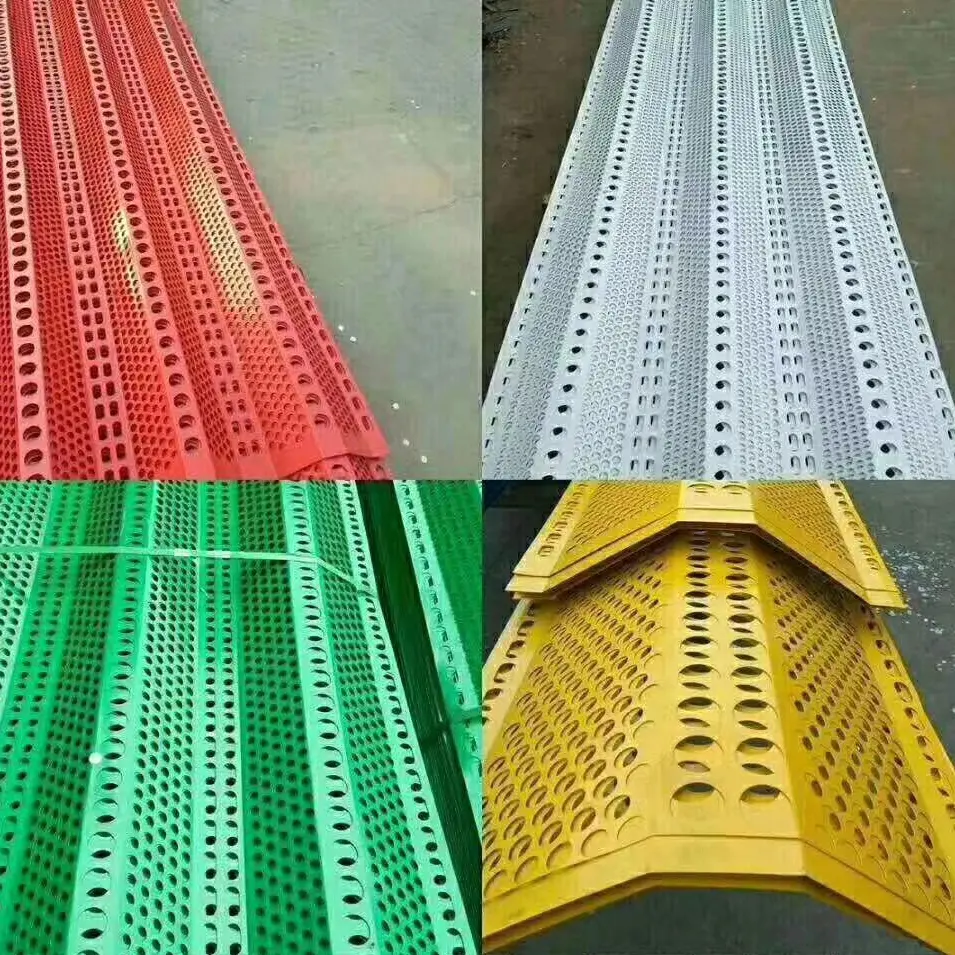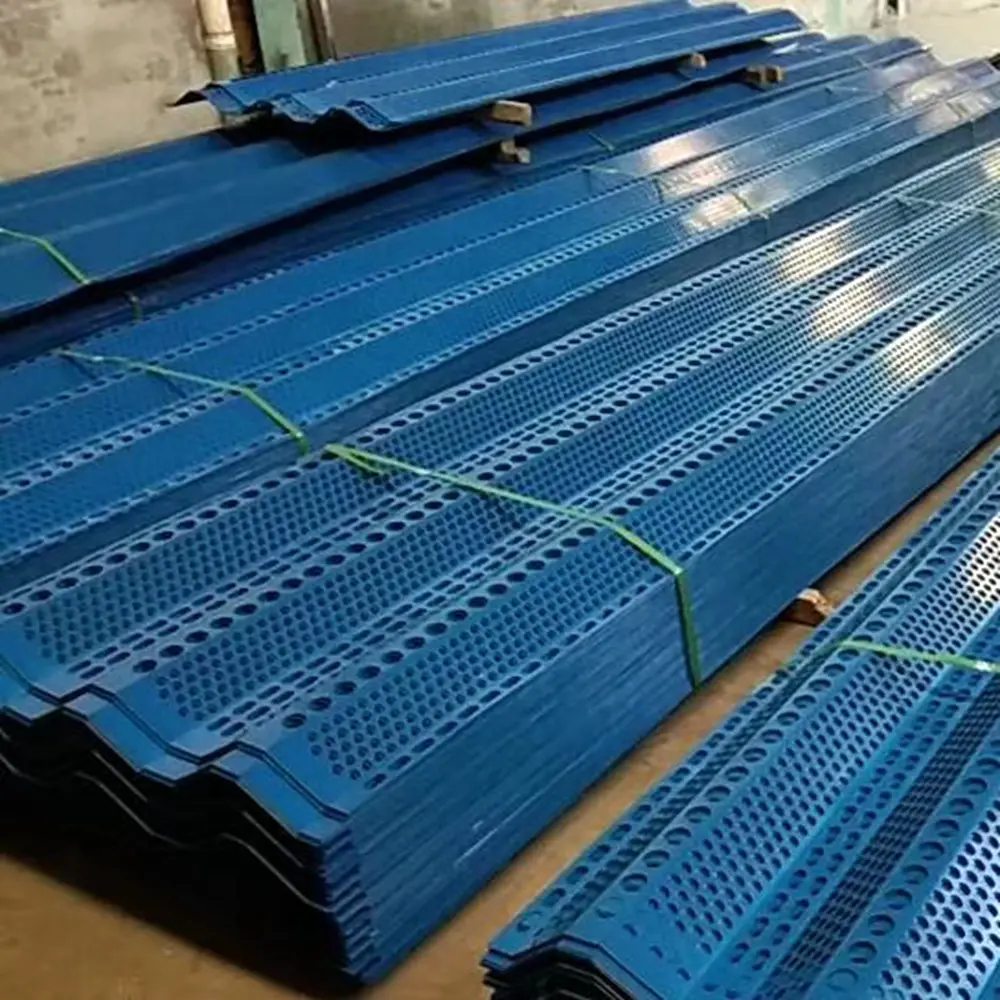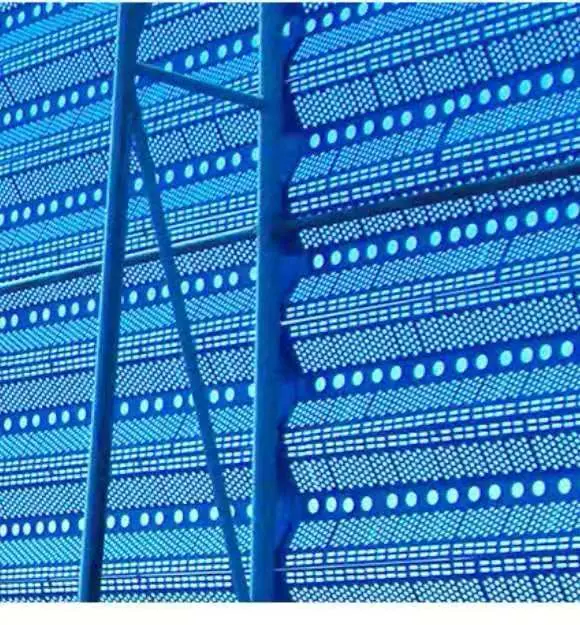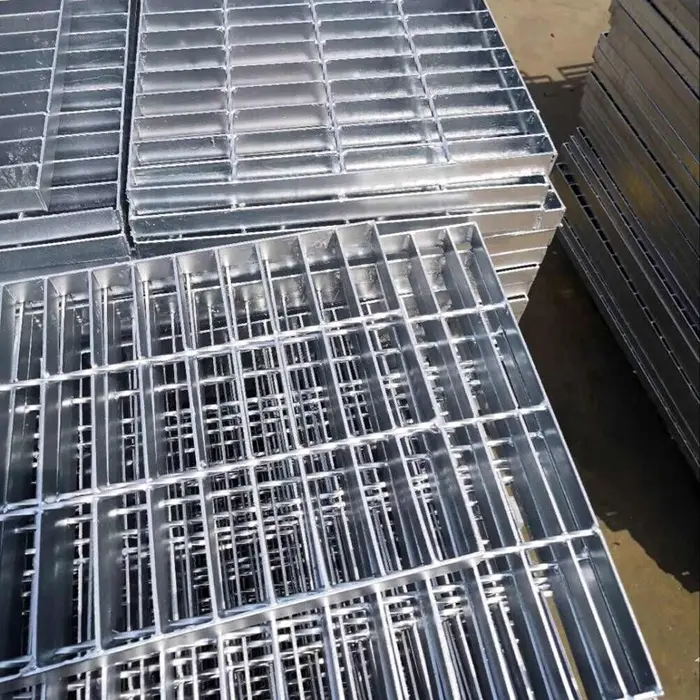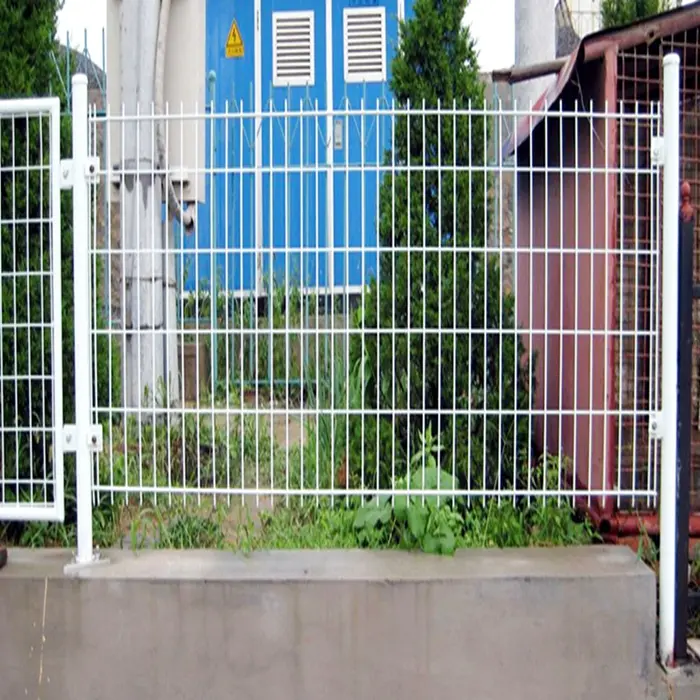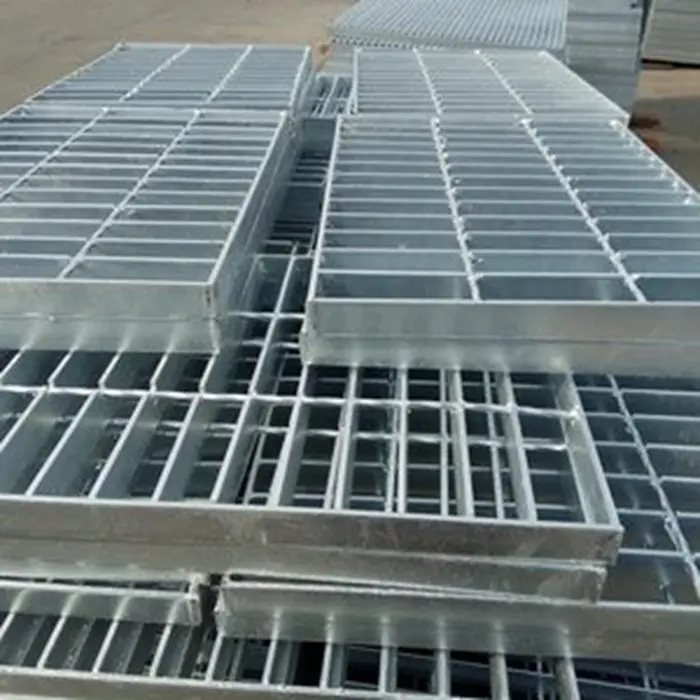Een windscherm is een constructie die is ontworpen om de windsnelheid te verminderen en gebieden te beschermen tegen de schadelijke effecten van harde wind. Deze schermen, meestal gemaakt van materialen zoals hout, metaal of synthetisch gaas, worden strategisch geplaatst om gewassen, vee, gebouwen of buitenruimtes te beschermen tegen winderosie, stof en extreme weersomstandigheden. Door de luchtstroom te verstoren, creëren windschermen een kalmer microklimaat, wat de landbouwproductiviteit kan verbeteren, het dierencomfort kan verbeteren en bodemdegradatie kan voorkomen.
De effectiviteit van een windscherm hangt af van de hoogte, porositeit en plaatsing. Een goed ontworpen scherm laat wat wind door, waardoor turbulentie aan de lijzijde wordt verminderd. Massieve barrières daarentegen kunnen verstorende wervelingen veroorzaken. Windschermen worden vaak gebruikt in landbouwgebieden, kustgebieden en stedelijke gebieden om de bodem te stabiliseren, energiekosten te verlagen en het buitenleven te verbeteren.
Wat is een windscherm? Voordelen en toepassingen
Een windscherm is een speciaal ontworpen barrière die de windsnelheid vermindert en de impact ervan op eigendommen, gewassen of buitenruimtes minimaliseert. Deze schermen, meestal gemaakt van poreuze materialen zoals gaas, houten latten of synthetische stoffen, zorgen voor een gecontroleerde luchtstroom en voorkomen sterke windstoten. Hun belangrijkste voordeel is het beschermen van de bodem tegen erosie, het beschermen van planten tegen windschade en het creëren van een comfortabelere buitenomgeving.
Windschermen worden veel gebruikt in de landbouw om gewassen te beschermen, in woonwijken om het comfort op het terras te verbeteren en langs kustgebieden om zandverplaatsing te voorkomen. Ze dienen ook als sneeuwbarrière in koude klimaten en verminderen sneeuwduinen bij wegen en gebouwen. Door de hoogte, het materiaal en de plaatsing aan te passen, bieden deze schermen een milieuvriendelijke en kosteneffectieve oplossing voor het beheersen van windgerelateerde uitdagingen.
Industriële windschermen voor stof- en windbeheersing
Industriële windschermen zijn robuuste barrières die zijn ontworpen om stof, vuil en windsnelheden te beheersen op bouwplaatsen, in mijnen en in productiefaciliteiten. Deze schermen zijn gemaakt van gaas van hogedichtheidspolyethyleen (HDPE) of stalen panelen en zijn ontworpen om zware omstandigheden te weerstaan en de uitstoot van zwevende deeltjes te beperken.
Ze worden onder andere gebruikt voor het voorkomen van stofvervuiling in steengroeven, het stabiliseren van opslagplaatsen in havens en het beschermen van apparatuur tegen windschade. Het poreuze ontwerp laat wind met lagere snelheden passeren, waardoor turbulentie wordt geminimaliseerd. Deze hekken zijn vaak modulair en aanpasbaar, waardoor ze ideaal zijn voor tijdelijke of permanente installaties. Door de luchtkwaliteit en veiligheid te verbeteren, zijn industriële windschermen essentieel voor de naleving van milieuvoorschriften en de bescherming van werknemers.


